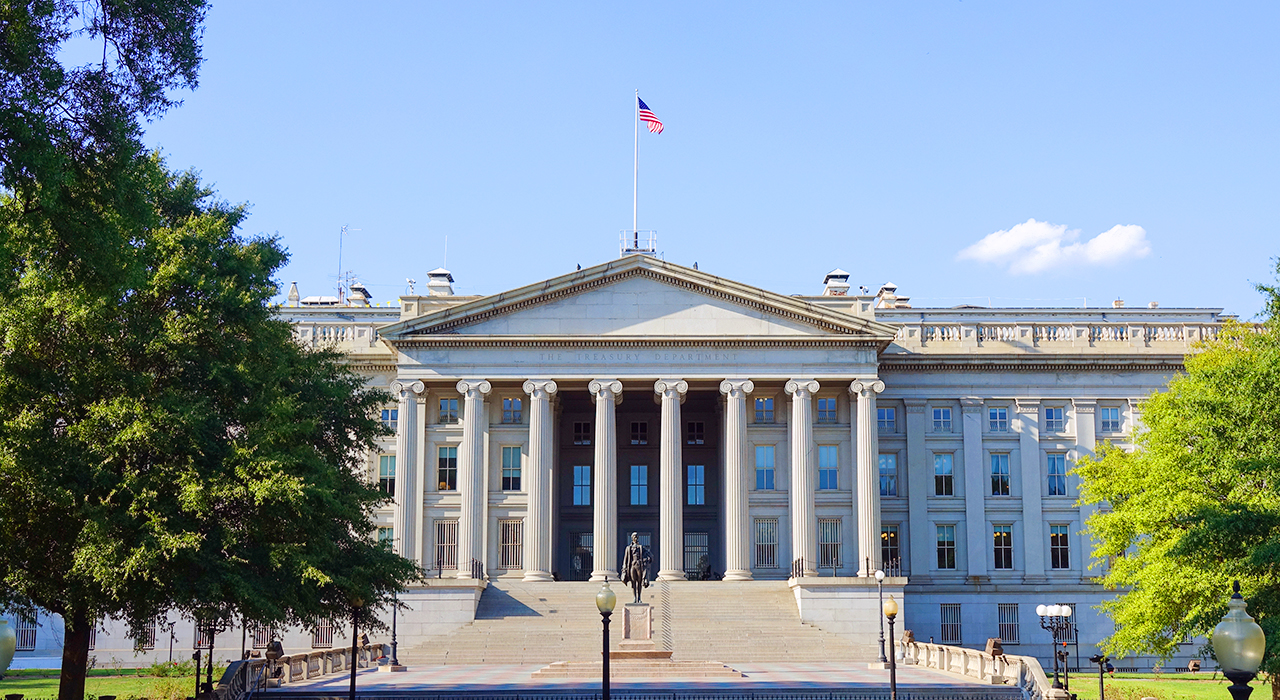5 minute read:
On April 2, 2020, the Treasury issued Interim Final Rule on the Paycheck Protection Program (“PPP”).
The PPP is the program under the Coronavirus Aid, Relief, and Economic Security Act (“CARES Act”) that was intended to expeditiously aid small businesses in the wake of the Coronavirus pandemic. The CARES Act provides up to $349 billion in loan commitments under the Small Business Administration (“SBA”) Section 7(a) program – the PPP – under which loans may be forgiven.
Banks have been anxiously awaiting guidelines on the PPP. The Interim Final Rule is a fast-tracked rule to provide clarity to allow banks to immediately implement.
What borrowers need to know:
Eligible borrowers are (1) either (a) employers with 500 or less employees whose principal place of business in the US or (b) are businesses that operate in a certain industry and meet the applicable employee-based size standards for that industry; (2) either of (a) a small business concern defined in SBA Section (3) and subject to SBA’s affiliation rules unless specifically waived or (b) tax exempt non-profit organization, tax exempt nonprofit veteran organization or Tribal business concern; or (3) sole proprietorship, independent contractor or self-employed.
Eligible borrowers must have been in operation on February 15, 2020 and either had paid employees or independent contractors. Documentation is required to establish eligibility such as payroll processor records, payroll tax filings, Forms 1099-MISC or other supporting documentation such as bank records.
PPP loans are not available for illegal activity, household employers, businesses with an 20% or more owner who has been incarcerated, on parole, presently subject to a formal criminal charge or convicted of a felony within the last five years, or businesses that are delinquent or have defaulted on any federal guaranteed loan within the last seven years.
The maximum PPP loan is the lesser of $10 million or 2.5 x the average monthly payroll costs for the last 12 months. In calculating the loan amount, employee salaries in excess of $100,000 are to be treated as $100,000. The Interim Final Rule provides examples.
If the borrower already obtained an Economic Injury Disaster Loan (“EIDL”), that loan should be added minus the amount “advanced.” If the borrower received an EIDL loan from January 31, 2020 through April 3, 2020, a PPP loan is still available. If the EIDL loan was not used for payroll costs, it does not affect eligibility for a PPP loan; however, if the EIDL loan was used for payroll costs, the PPP loan must be used to refinance the EIDL loan. Proceeds from any advance up to $10,000 on the EIDL loan will be deducted from the loan forgiveness amount on the PPP loan.
Payroll costs include salary, wages, commissions, or similar compensation; cash tips or the equivalent (based on employer records of past tips or, in the absence of such records, a reasonable, good-faith employer estimate of such tips); payment for vacation, parental, family, medical, or sick leave; allowance for separation or dismissal; payment for the provision of employee benefits consisting of group health care coverage, including insurance premiums, and retirement; payment of state and local taxes assessed on compensation of employees; and for an independent contractor or sole proprietor, wage, commissions, income, or net earnings from self-employment or similar compensation.
Payroll costs expressly exclude (a) compensation for those employees whose principal residence is outside of the US, (b) annual salary in excess of $100,000, (c) federal employment taxes imposed or withheld between February 15 and June 30, 2020, and (d) qualified sick and family leave under the Families First Coronavirus Response Act.
Eligible businesses may not count independent contractors as employees for purposes of PPP loan calculations.
The interest rate on the PPP loan is 100 basis points or 1%. The maturity is 2 years. Only one PPP loan may be received. Interest will accrue but the loan need not be repaid for the first six months from disbursement.
The PPP loan is available through June 30, 2020 or until the $349 billion is exhausted. The loan is a first come first serve. The PPP loan may be obtained through SBA Form 2483 (Paycheck Protection Program Application Form) and payroll documentation.
The PPP loan may be used for payroll costs, continuation of group health care benefits, mortgage interest payments (but not mortgage prepayments or principal payments), rent, utilities, interest payments on any other debt obligations that were incurred before February 15, 2020, and/or refinancing the EIDL loan made between January 31, 2020 and April 3, 2020. Misuse of the loan may result in required repayment and subject to charges of fraud.
The applicant must certify that (a) it was in operation on February 15, 2020, (b) had paid employees or independent contractors, (c) that current economic uncertainty makes the loan necessary, (d) that the funds will be used to retain workers, maintain payroll, mortgage interest, lease or utility payments, (e) that the funds will not be used for authorized purpose and agreement to be subject to fraud if otherwise, (f) documentation verifying the full-time equivalent employees on payroll as well as the dollar amounts of payroll costs, mortgage interest, rent and utilities for the eight week period following the loan to be provided to the lender, (g) loan forgiveness will be provided for the foregoing documentation and not more than 25% of forgiven amount may be for non-payroll costs, (h) for the period of February 15, 2020 through December 31, 2020, the applicant has not and will not receive another loan under the PPP, (i) true and accurate application and documentation punishable by law, and (j) any tax documentation are identical to those submitted to the IRS.
The PPP loan may be forgiven up to the full principal amount and any accrued interest. The amount of the loan forgiveness will depend, in part, on the total amount of payroll costs, payments of interest on mortgage obligations incurred before February 15, 2020, rent payments on leases dated before February 15, 2020, and utility payments under service agreements dated before February 15, 2020, over the eight-week period following the date of the loan. However, not more than 25 percent of the loan forgiveness amount may be attributable to nonpayroll costs.
The PPP loan will be guaranteed as other SBA Section 7(a) loans exclude that (a) guarantee is 100%, (b) no collateral is required, (c) no personal guarantee required, (c) interest rate is 100 basis points or 1%, and (d) lenders will be permitted to rely on certifications of the borrower to determine eligibility.
The Interim Final Rule also provides clarification as to what lenders need to know and do.






